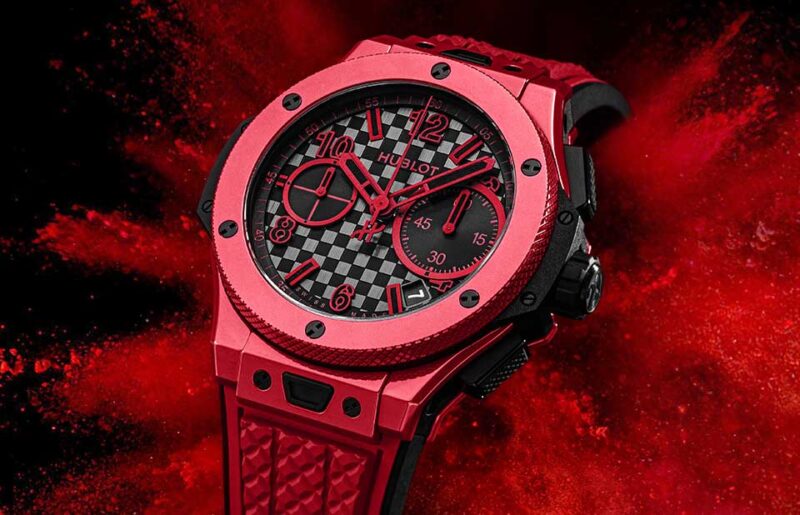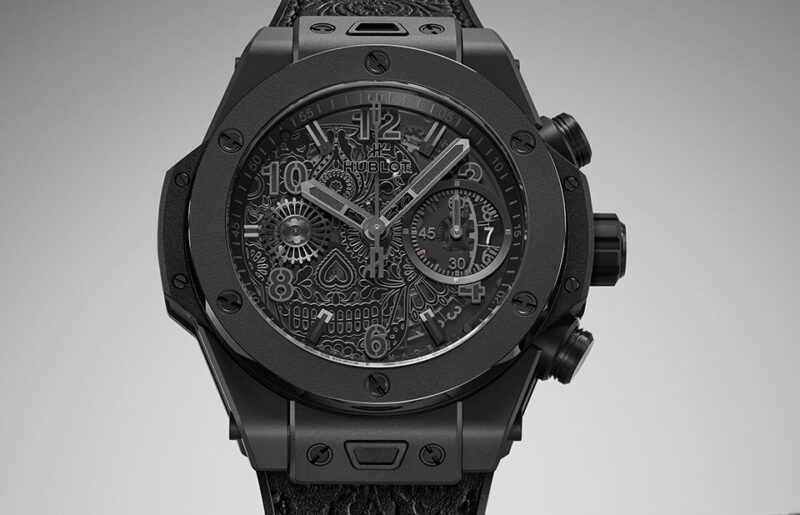Hublot

Editorial
Hublot’s Red Hot 20th Anniversary Big Bang Proves That Watchmaking Can Be Louder, Brighter and Braver

Editorial
Hublot’s Red Hot 20th Anniversary Big Bang Proves That Watchmaking Can Be Louder, Brighter and Braver

Editorial
The Best Of Hublot’s Material Innovations

Editorial
The Best Of Hublot’s Material Innovations

News
Hublot Unveils Big Bang Unico Calavera All Black For Day Of The Dead At SIAR Mexico 2025

News
Hublot Unveils Big Bang Unico Calavera All Black For Day Of The Dead At SIAR Mexico 2025

News
Inside Pisa 1940’s Milan Flagship Revamp: A New Watch “Boulevard” And A Special Boutique Edition Watch With Hublot

News
Inside Pisa 1940’s Milan Flagship Revamp: A New Watch “Boulevard” And A Special Boutique Edition Watch With Hublot

Reviews
Hublot’s Latest Horological Marvels

Reviews
Hublot’s Latest Horological Marvels

News
Hublot Celebrates the Launch of its Latest Collaboration with Aspen One Alongside Shaun White’s first Snow League Competition

News
Hublot Celebrates the Launch of its Latest Collaboration with Aspen One Alongside Shaun White’s first Snow League Competition

Hublot’s 2025 Collection Celebrates The Big Bang In All Its Bravado

Hublot’s 2025 Collection Celebrates The Big Bang In All Its Bravado

News
Hublot’s Partnership With Samuel Ross Hints At The Future Of The Big Bang

News
Hublot’s Partnership With Samuel Ross Hints At The Future Of The Big Bang

REVOLUTION MAGAZINE SUBSCRIPTION
Shop Magazine


